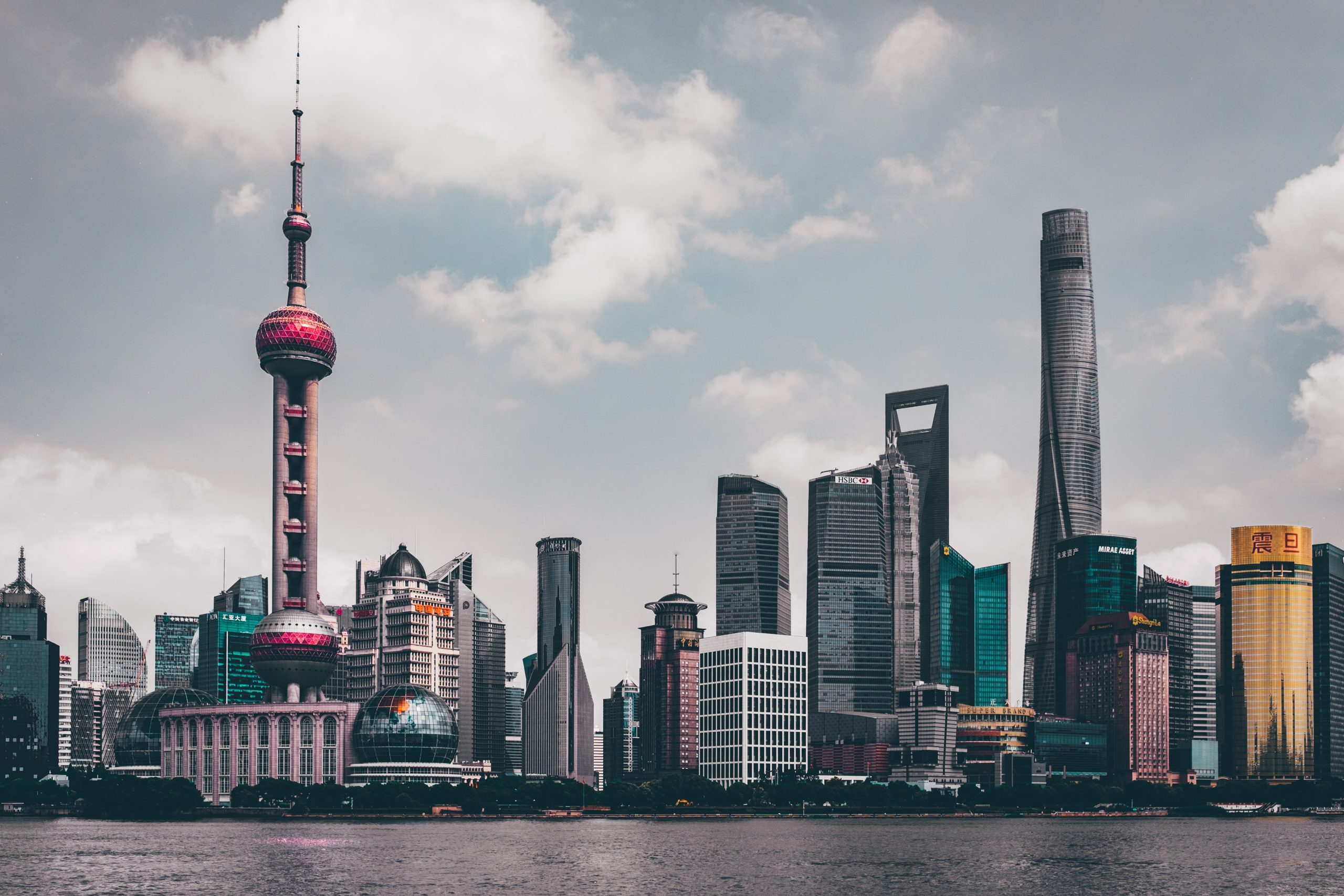Power has been one of China’s greatest recent achievements. Not power as in strength, but power as in electricity: 40 years ago, most Chinese people lived without electricity access. Today, nearly all have it, and the country is the world’s biggest electricity producer. Abundant power made possible the factories that powered China’s rise, lifting more people out of poverty than in any comparable period in history.
Yet in recent weeks, a power shortage has cast parts of China back in time: Shops have had to operate by candlelight, households have been rationing electricity, and thousands of factories have had to shut down. The world is starting to feel the impact.
Many countries face energy shortages right now. In the UK, gas stations have run dry; elsewhere in Europe, and in the US, a lack of natural gas is causing gas prices to skyrocket. In India, most power plants are operating with less than 3-days’ worth of coal. The causes vary, ranging from decreased drilling to too few truck drivers.
In China, it’s a combination of environmental policies and increased global energy demand. Last year, Chinese leader Xi Jinping vowed to cut the country’s carbon dioxide emissions per unit of the economy by over 65% by 2030 compared to 2005 levels. In the first 6 months of 2021, only 10 of 30 Chinese regions hit their goals. The Chinese government says it will punish regional leaders who fail to hit targets, which has pushed them to close coal-fired plants, cut investment in fossil-fuel infrastructure, and limit energy production.
At the same time, economies are reopening and demanding more China-produced goods. That’s left Chinese factories requiring more energy, just as energy production is restricted. More broadly, re-openings are pushing up global energy demand, leading to less available energy and higher prices. Australia and Mongolia, 2 Chinese coal suppliers, have cut exports to China.
Reduced energy supply + increased energy demand = China’s worst energy shortage in over a decade.
Goldman Sachs estimates up to 44% of China’s industrial base is affected. Some towns have faced hours-long blackouts. 2 of China’s most prosperous cities just canceled their National Day light show celebrations. Some local governments have ordered factories to shut down 2-3 days weekly, and many households face rationed power.
People are feeling the impact far beyond China. The factory closures are resulting in decreased supplies of textiles, tech items, steel, household items, machine parts, and many other “Made in China” products. That’s translating to shortages and higher prices for those goods. This situation will likely intensify as people demand more of these items ahead of the holiday season. One analyst told the Wall Street Journal the situation may bring 15% higher prices for retail goods by next spring.
Bigger picture, the shortages are likely to reduce China’s economic growth, as many economists have noted when lowering their growth projections for the Chinese economy.
This threatens the global economy as a whole. Slower growth in China means slower growth globally, as China buys less from other countries. Higher prices may translate to inflation in countries that rely on Chinese goods. Some economists worry a combination of these effects and other indirect ones will derail the global post-pandemic economic recovery.
China is working to alleviate the shortages by generating more power. Last month, one of China’s most powerful officials told energy companies “to increase coal supplies by all means,” despite the environmental targets. Yet global environmental and economic pressures will persist, and there’s no telling if this will prove a temporary blip or part of the “new normal.”
China’s energy shortage is going to be felt around the world. The next time your Amazon package takes weeks to arrive, a Chinese powerplant may be to blame.
Written Source By Roca News

you said: